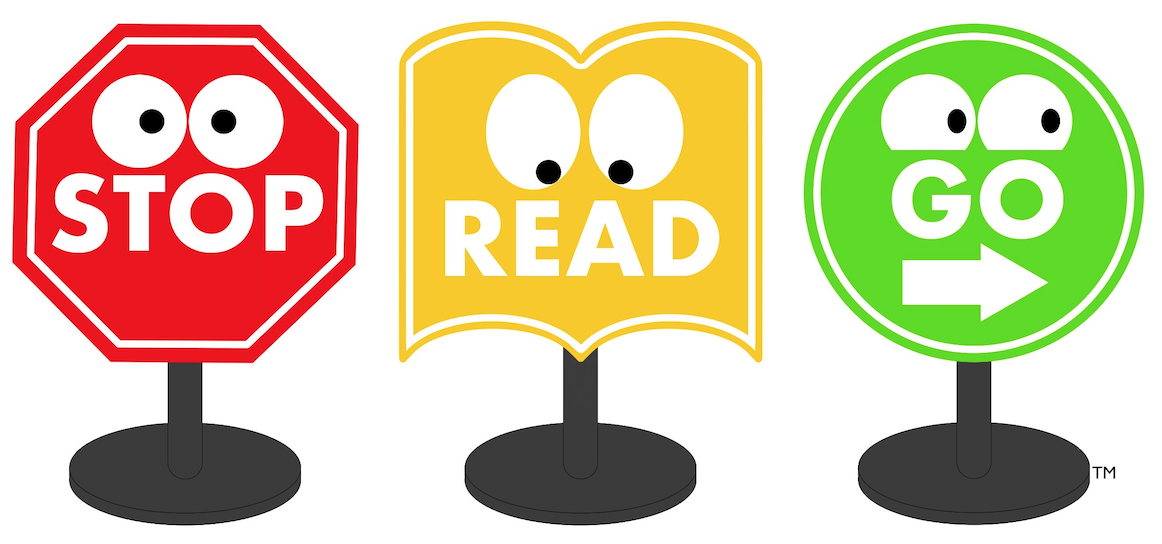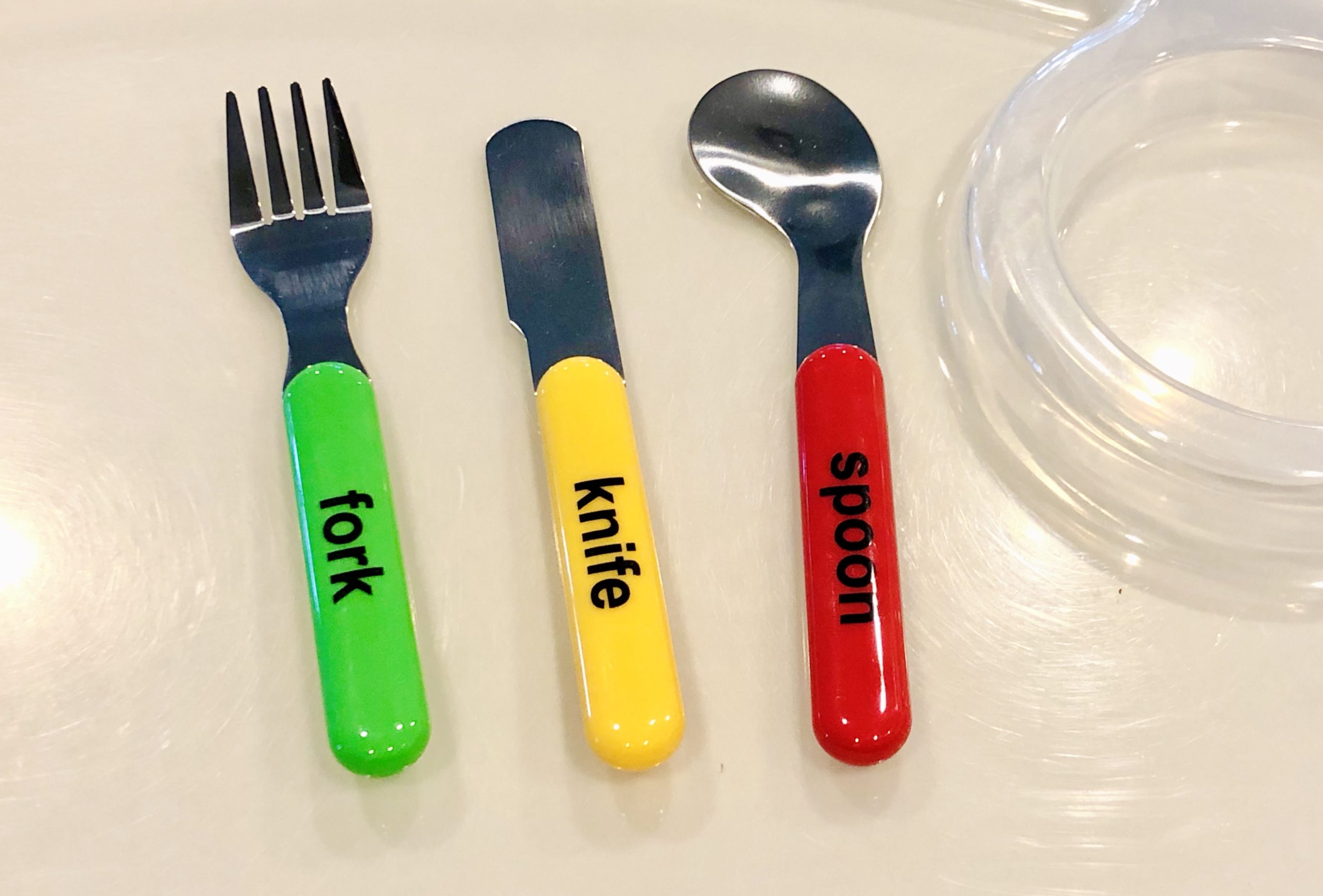If you have a small child, you have probably seen your share of alphabet books, flashcards and toys to teach your child the letters of the alphabet and some words that begin with those letters.
They have pictures or images of the words in alphabetical order and are usually shown with the initial letter of the word (in upper case, and sometimes with the lower case right next to it). Sometimes they don’t even include the entire word, just the initial letter.
You and your child might look at the alphabet book maybe once a day. You might go through flashcards once a week or even every other day. Your child might play with a toy or a puzzle that has the letters of the alphabet whenever he/she sees it.
However, all these methods are lacking something very important: A real life sensory experience and the built-in repetition and constant exposure to the words, which children need when learning a language. In this case, the written language.
So, a better way to learn to read words is by incorporating them into a child’s daily routines and activities in a way that is more tangible (something they can see, hear, touch, even taste or smell) and intuitive (something that is obvious, self-explanatory or self-evident).

So, instead of a flashcard showing an image of a banana, next to the letter “Bb” or even the full word “banana”. Why not have the word written on the actual banana peel? This way, whenever your child is hungry and grabs a banana, he/she will see the word “banana” and make an immediate connection between the object, the sound and the written word.
Similarly, instead of a flashcard showing an image of a spoon, next to the letter “Ss” or the word “spoon”. Why not have the word written on the spoon itself? This way, whenever your child eats, he/she will see the word “spoon” and make an immediate connection between the object, the sound and the written word.
And because the spoon can be used during breakfast, lunch and dinner, your child will be consistently and repeatedly exposed to this word, making it stick in their little brains without any extra effort.
Why have words be lost in a shelf or a drawer, when they can be easily displayed to your child every time he/she uses an object?
You can get these labeled utensils, labeled toothbrushes, labeled clothes at my SHOP to make learning to read part of your kiddo’s daily life. I also recommend getting these stickers to label objects in every room of your home!
Just give it a try and you’ll see how your little one starts to recognize and read those words back to you!


